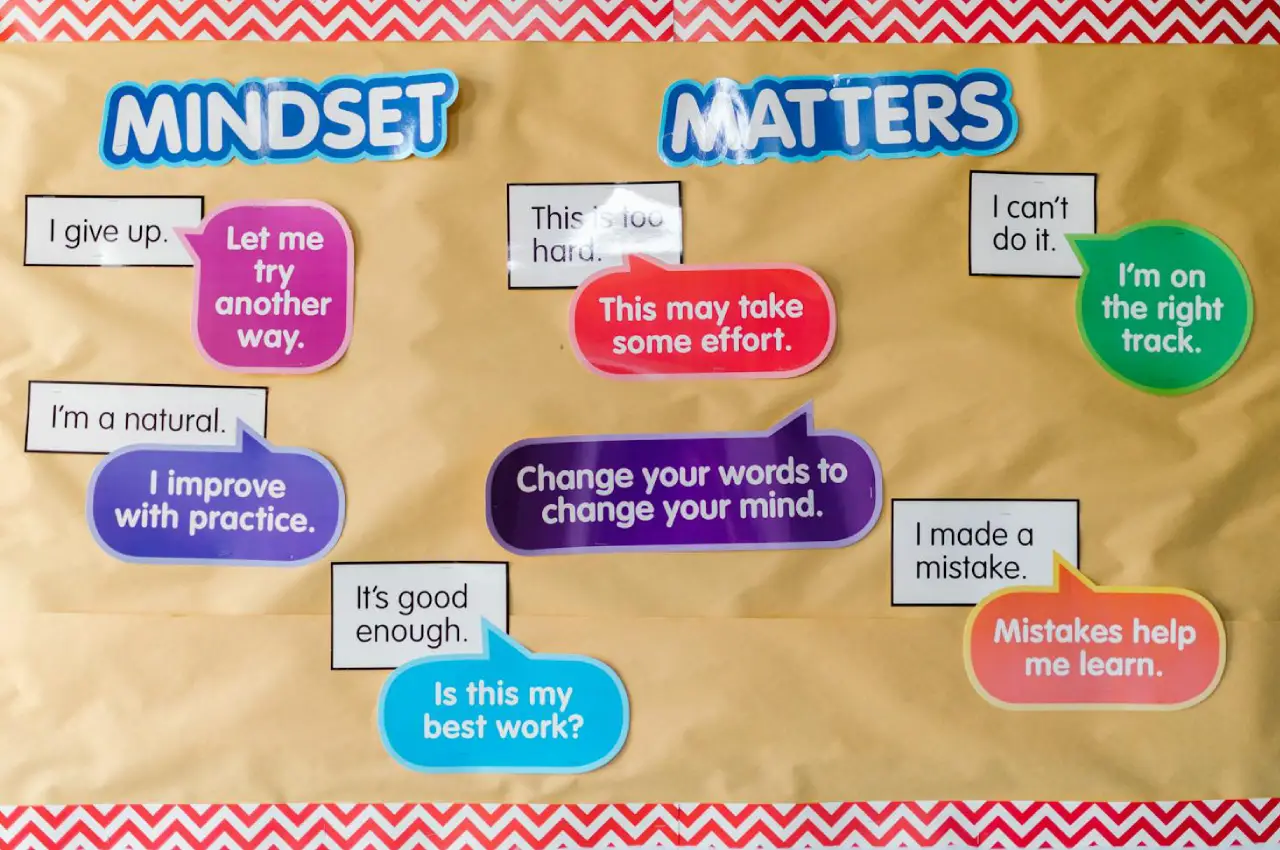Multitasking is often praised as a valuable skill in our fast-paced world, where juggling multiple tasks simultaneously seems like a necessity. We revel in our ability to text while watching TV, respond to emails during meetings, or check social media during work. But is multitasking really as efficient as we believe it to be, or is it costing us more than we realize? In this blog post, we will explore the time management cost of multitasking and how it impacts our productivity, focus, and overall well-being.
The Illusion of Efficiency
At first glance, multitasking may appear to boost productivity. You’re handling multiple tasks, so it seems like you’re getting more done. However, this is often an illusion. In reality, your brain is rapidly switching between tasks, which can lead to a significant reduction in your overall efficiency.
Cognitive Switching Overload
Our brains aren’t designed to efficiently handle multiple tasks simultaneously. When you multitask, you force your brain to constantly switch its focus. This cognitive switching overload has several consequences:
Reduced Focus: Each task switch eats into your concentration, making it difficult to stay engaged with any one task.
Decreased Productivity: As you divert your attention from one task to another, it takes time to get back into the flow, resulting in reduced overall productivity.
Increased Errors: Multitasking can lead to mistakes, miscommunications, and poor decision-making, as you’re not giving each task the attention it deserves.
The Myth of Multitasking
Some people take pride in their multitasking abilities, believing it showcases their competence. However, research has consistently shown that true multitasking is a myth. What we’re actually doing is task-switching, which comes with its own set of costs.
Time Lost in Transition
Each time you switch from one task to another, you lose valuable time. It’s not just the few seconds it takes to switch tabs on your computer or glance at your phone; it’s the mental adjustment required to reorient yourself to the new task. Studies suggest that this can result in up to a 40% loss of productivity.
The Stress Factor
Multitasking can also be a significant source of stress. When you constantly shift your focus between tasks, your stress levels rise as your brain struggles to cope with the demands placed upon it. This chronic stress can lead to long-term health issues and decreased well-being.
The Cost in Quality
In our rush to get more done, we often sacrifice the quality of our work. Whether it’s writing a report, designing a presentation, or engaging in a conversation, the quality of your output can suffer when multitasking. Your attention is divided, leaving less room for creativity, critical thinking, and innovation.
Multitasking and Memory
Multitasking can take a toll on your memory. When your attention is divided, your brain has a harder time encoding information into long-term memory. This can lead to forgetfulness and decreased learning capacity.
The Cost at Work
For many, the workplace is a hotspot for multitasking. We’re often bombarded with emails, meetings, and various tasks that require our immediate attention. But multitasking can sabotage your work productivity in several ways:
Incomplete Tasks: You may start multiple tasks but struggle to complete any of them satisfactorily.
Poor Communication: Multitasking during meetings or while talking to colleagues can result in misunderstandings and missed information.
Burnout: Constantly switching between tasks can lead to burnout, as your brain becomes overwhelmed and exhausted.
Life Outside of Work
Multitasking doesn’t just affect your work life. It can also creep into your personal life, impacting your relationships, leisure time, and overall well-being. It’s hard to be present in the moment when you’re constantly distracted by other tasks.
The Solution: Monotasking
To regain control of your time management and productivity, it’s essential to embrace monotasking, the practice of focusing on one task at a time. Here’s how you can start:
Prioritize Tasks: Determine which tasks are most important and require your full attention. These are your “monotasking” tasks.
Set Clear Boundaries: Create dedicated time slots for these tasks, free from distractions.
Eliminate Distractions: Silence your phone, close unnecessary tabs on your computer, and create a distraction-free workspace.
Practice Mindfulness: Engage fully in the task at hand, paying attention to every detail. Mindfulness can significantly enhance your productivity.
The Benefits of Monotasking
Monotasking offers numerous advantages, including:
Improved Focus: With undivided attention, you can focus more effectively on the task and complete it in less time.
Reduced Stress: Monotasking reduces the cognitive load on your brain, leading to lower stress levels.
Enhanced Memory: Your ability to retain information and learn improves when you focus on one thing at a time.
Better Quality Work: When you’re fully present in your tasks, the quality of your work skyrockets.
Reclaim Your Time
The allure of multitasking can be hard to resist, but the time management cost is undeniable. To truly maximize your productivity, reduce stress, and elevate the quality of your work, consider embracing monotasking. Your time is a precious resource, and by managing it wisely, you can achieve more and live a less stressful, more fulfilling life.
Have you experienced the time management cost of multitasking in your life? Share your thoughts and experiences in the comments below. Let’s start a conversation on how we can all make the most of our time.





